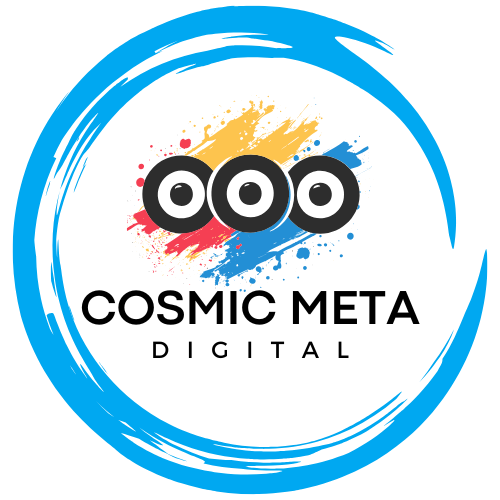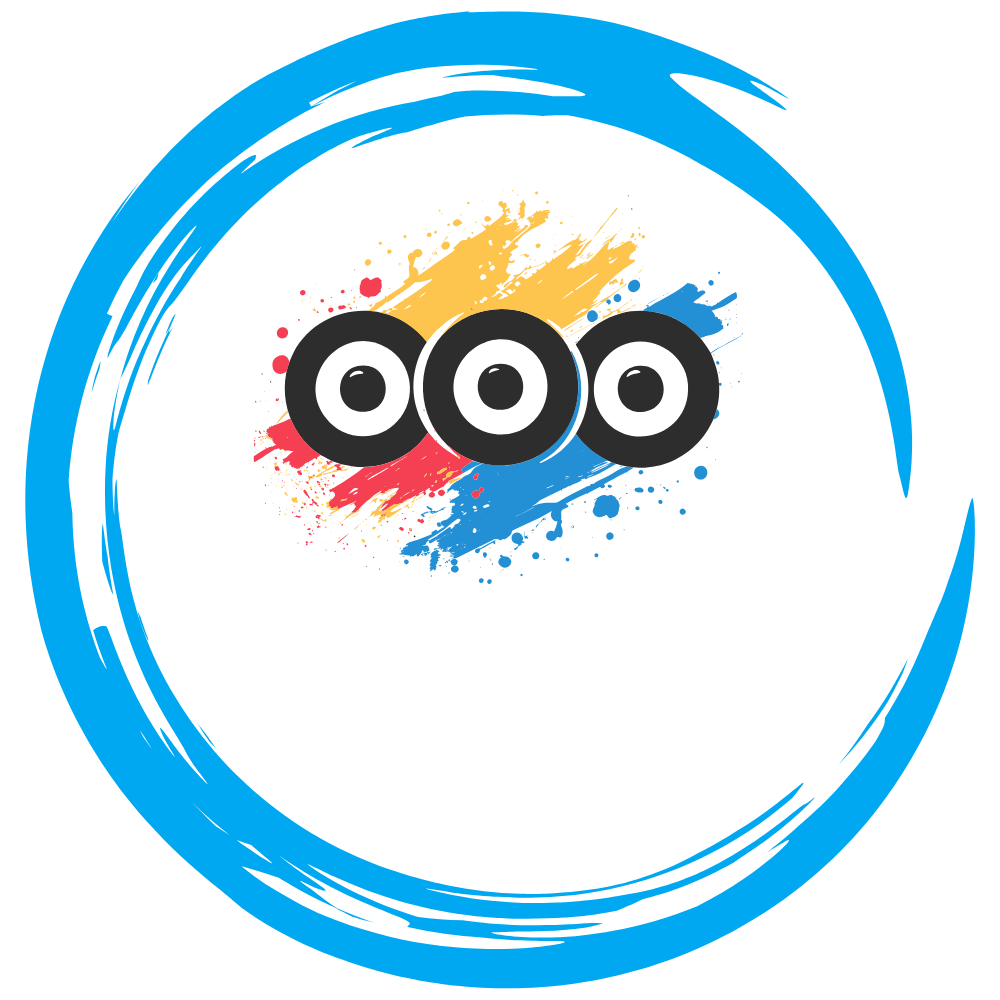In 2025, the pace of technological advancement demands that developers equip themselves with smarter, faster, and more intuitive tools. Whether you are building complex cloud-native applications, designing seamless user experiences, or managing extensive enterprise codebases, choosing the right development tools is crucial to maintaining high productivity. This year, a wave of groundbreaking platforms and services is setting new standards for efficiency, collaboration, and innovation. Therefore, here’s an expanded look at the must-have development tools you need to stay competitive in today’s fast-evolving landscape.
1. GitHub Copilot X
GitHub Copilot X represents a significant leap in AI-assisted coding. Powered by OpenAI’s GPT-5, it goes beyond code completion by offering real-time conversations with developers, full-function implementations, intelligent error correction, and code optimization suggestions. Furthermore, Copilot X now integrates deeply with CI/CD pipelines, automates documentation generation, and learns from your coding habits to adapt to your style.
Learn more about GitHub Copilot X
2. Replit Ghostwriter
Replit’s Ghostwriter has become an indispensable coding companion. Supporting over 60 languages, Ghostwriter accelerates development with live debugging, instant sandbox testing, AI-powered refactoring, and one-click deployments. Moreover, by analyzing coding patterns, it anticipates potential issues, helping developers produce more reliable code with less effort.
3. Visual Studio Code 2025 Edition
The 2025 edition of Visual Studio Code continues its dominance with advanced features like real-time AI code reviews, serverless framework templates, predictive code health analytics, and multi-cloud deployment support. Consequently, with an expanding ecosystem of extensions, VS Code provides everything developers need in a streamlined, efficient environment.
4. Docker Desktop + Kubernetes Native
Docker Desktop now embraces Kubernetes-native workflows, allowing developers to easily build, simulate, and deploy clusters directly from their local machines. Furthermore, new AI-driven resource optimization, real-time performance monitoring, and enhanced security scanning make it easier to deliver production-ready applications.
5. Linear
Linear has evolved into a complete product management operating system. Offering predictive sprint planning, intelligent backlog management, cross-functional dashboards, and risk analysis powered by AI, Linear integrates seamlessly with GitHub, Slack, Jira, Notion, and Figma. As a result, it enhances team collaboration and project delivery.
6. Postman v11
Postman’s version 11 elevates API-first development with AI-generated schemas, dynamic mock servers, WebSocket API support, and intelligent contract testing. In addition, with live collaboration workspaces, distributed teams can design, build, and document APIs in real time, thereby enhancing global productivity.

7. Snyk Code
Security is integral to modern development. Snyk Code’s 2025 release extends vulnerability detection into containers, serverless functions, and Infrastructure-as-Code files. Through real-time scanning, contextual remediation guidance, and automated compliance auditing, it helps teams build secure applications faster.
8. Warp Terminal
Warp Terminal reinvents the command-line experience with AI command prediction, collaborative live sessions, integrated visualizations, and command journaling. Its embedded notebooks feature also enables developers to document and share workflows, creating a richer, more connected terminal environment.
9. Zed Editor
Built for low-latency, real-time collaboration, Zed Editor enables distributed teams to code together seamlessly. With features like real-time code intelligence, live debugging, inline version control, and AI-assisted conflict resolution, Zed ensures that coding together feels effortless and dynamic.
10. Turso Database
Turso is leading the way in distributed database technology. Designed for serverless applications, it provides ultra-low-latency data access with automatic replication across global nodes. Thus, developers can now build responsive, high-performance applications without complex database management overhead.
11. Dagger
Dagger offers a programmable approach to CI/CD, allowing developers to define workflows in code with portability across multiple environments. Additionally, its new Kubernetes-native integrations facilitate frictionless deployments at scale, making it ideal for complex cloud-native systems.
12. Retool
Retool remains the go-to platform for building internal tools quickly. The 2025 release introduces AI-powered form creation, advanced data binding, enhanced audit trails, and comprehensive cloud integrations. Therefore, engineering teams can now launch secure, customized internal applications with minimal overhead.
Conclusion
As we move through 2025, embracing cutting-edge development tools is no longer optional—it’s essential. These platforms do more than save time; they amplify creativity, enhance collaboration, and enable faster delivery of higher-quality software. Whether you’re an independent developer or part of a global team, integrating these tools into your workflow will ensure you remain agile, innovative, and prepared for the future.
Ultimately, which new tool will you add to your arsenal this year?
Further Reading:
- GitHub Copilot X Launch Details
- Docker’s Kubernetes-native integration announcement
- Postman API Platform Innovations
- Warp Terminal Product Updates
- Turso Edge Database Introduction
- Zed Editor Features



